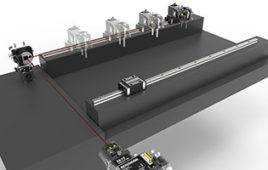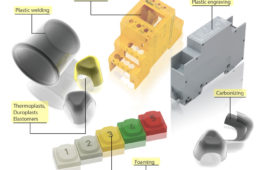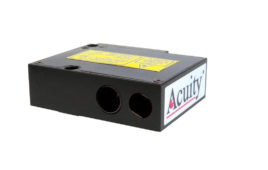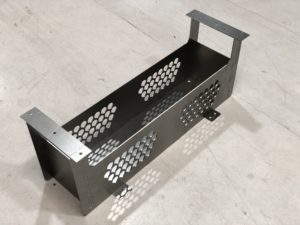
Most laser cutting is done using metals, including aluminum, brass, or cold-rolled steel like in this custom battery case application.
Whether you are an engineer, an entrepreneur, or just a frequent user of prototypes, laser cutting allows the design and manufacture of products with speed and precision — at a low cost.
Even though laser cutting requires a piece to be cut on a flat material such as a sheet of metal, it doesn’t mean users can’t create 3D objects with their design. A range of equipment and other tools have been designed with laser cutters. Manufacturing 3D parts and products is possible with laser cutting with creative thinking, a bit of assembly, and most importantly, some smart design work.
Laser cutting machines have specific design guidelines that must be followed to meet the precision and quality requirements.
Design using software that creates vector files
All laser cutters require vector files such as those that are created with Adobe Illustrator and Inkscape. Common files include .ai, .dxf, .eps, .step, and other vector filetypes. Ask the laser cutting company which formats they support. In most cases, they will be able to support files from the software you use to design your creation.
Scale the design to the finished size
Before sending artwork to be laser cut, check to ensure the design is to scale. If a piece is meant to be 12-in. squared, then design it to be 12-in. squared. Otherwise, the scale or proportions may not be right.

Scale the design to the finished size. Before sending artwork to be laser cut, check to ensure the design is to scale. Otherwise, the scale or proportions may not be right.
Only submit the design to the cutter
Any notes, comments, gridlines, borders, etc. need to be removed from design files before submitting them to the laser cutter. These extra notes and markings are not supposed to be a part of the finished product, so remove them beforehand.
Don’t add multiples
Planning on having two or more pieces cut from the same material? Send only one of each piece and let the laser cutting company know how many multiples are needed. The laser cutter will plan out how the shapes should be arranged on the cuts and keep material to a minimum. If you crowd your design with multiple copies of the same image, it will complicate the cutting process and potentially increase costs.
Connect your design
A common mistake many new creators make is failing to “bridge” their design and any text in their file. Except for holes, shapes will be lost if they are not connected to the primary material in the design. Adding bridges enables the laser to cut cleanly and keep the entire design together without losing pieces.
Convert your text into shapes or “outlines”
Another common mistake is to keep the text in a design active instead of converting it into a shape. Laser cutters cannot process active text boxes. If you hover your cursor over the text in your design and it shows an editing bar, it is an active text box. Turning this text box into shapes will allow the laser cutter to process it properly.
Make sure any cutouts or designs are large enough
Ensure any cutouts or designs are larger than 1x the thickness of the material you are using. Any cutouts smaller than that size will not be accurate and the laser cutter might not be able to cut them at all. Thin and small features are more delicate and more apt to break than larger designs, consider this when designing your piece of work.
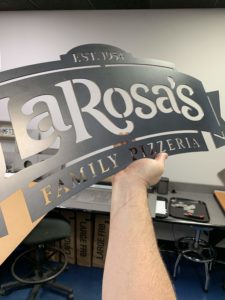
For each laser punch and cut required, manufacturing costs will rise. Complex designs also tend to have multiple smaller pieces or delicate details which make the design less robust and more susceptible to breaking.
Determine which material is best for your design
Choosing the right material for a design is critical. Discuss your project goals with your laser cutter to determine the strongest performance material for the application. Most laser cutting is done using metals, including aluminum, brass, cold-rolled carbon steel, hot-rolled carbon steel, copper, Cor-Ten, and stainless steel.
Remove all intersecting lines
Your design may be complex and have overlapping artwork, but the overlapping lines need to be eliminated. In this scenario, the laser cutter will cut on any lines in your design, causing cuts you never intended and ruining
the piece.
Eliminate open shapes
Shapes that are open and unfinished will not work with a laser cutter. Ensure all designs are complete and self-contained, or the cut will not function as you expect and the end product will look quite different from your vision.
Reduce the complexity of your design where possible
For each laser punch and cut required, manufacturing costs will rise. Complex designs also tend to have multiple smaller pieces or delicate details which make the design less robust and more susceptible to breaking.
When in doubt, make the design as simple as possible to reduce your costs and create a more stable object. Laser cutting can create impressive art, equipment, and prototypes easily, as long as you follow some basic parameters during the design process. DW
SendCutSend
sendcutsend.com
Filed Under: Machine tools + subtractive manufacturing, Lasers


